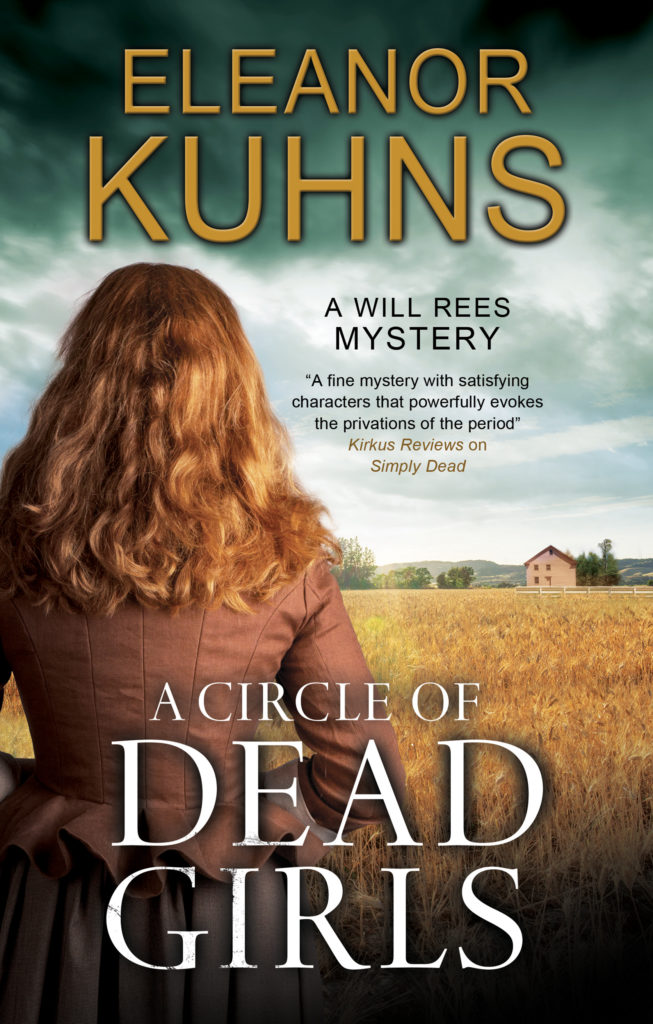The heyday of the American Circus occurred in the early 1900s. Hundreds of circuses, both small and large, toured the United States, performing for audiences of a few hundred or several thousands. Trains took the circuses all over the country and by then the circus was the circus we think of. Canvas tents had been invented and adopted in the mid-nineteenth century and exotic animal acts became a feature of the performances. The trapeze, invented in France, was added to the line-up.
But in 1800, if the circus came to Durham, Maine, it would be far different. As discussed in previous blogs, there were no tents; the circus constructed a small roofless amphitheater. Instead of elephant and lion acts, the animals were dogs and pigs. The trapeze, adapted from the tightrope, had not been invented. And trains did not carry the circus across the country,
Horse drawn wagons would have been the vehicle used.
As my model for the wagons used in A Circle of Dead Girls,

I used the Burton wagon. It is the oldest example of a wagon used as a home in Great Britain.
The history of the wagon, however, is older. By the late 17th century, most of the roads in Europe were paved. It is thought that the first wagons used as living quarters appeared in France and were designed for the actors of the circus. They were large, horse drawn caravans. By the middle of the 18th centuries, the carriages became smaller and only needed one or two horses to pull them.
The Burton wagons had small wheels placed under the body of the carriage itself and were undecorated. These wagons evolved into the elaborately embellished wagons, with large wheels necessary for going off-road, used by the Romani. According to Wikipedia and other sources, they began using such wagons about 1850 called a vardo.
Since John Asher, the circus owner, is from England and has traveled through Europe, I imagined that he would have seen such living wagons in France and other places and used them for the models of his own horse-drawn circus wagons. These living wagons would be a practical solution to traveling from town to town.
The decorated wagons did not disappear when the circus began touring via train. They evolved into parade wagons, the brightly painted and gilded wagons that paraded through town to advertise the circus. The circus museum in Sarasota, Florida has some fine examples of these wagons.
